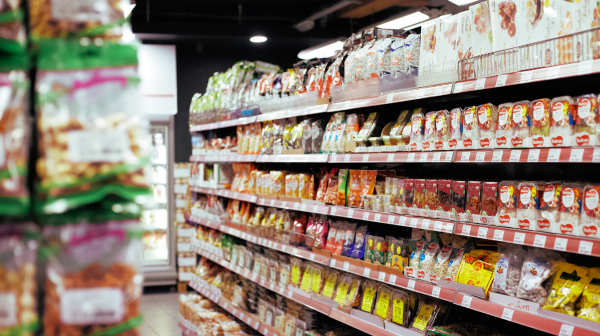Coffee lovers know that not all coffee is created equal. Whether you’re sipping a cup at a café or selecting beans from a supermarket shelf, knowing how to identify high-quality coffee can make all the difference in your experience. From origin to roast profile, there are several factors to consider when searching for a great cup of coffee. This guide will help you navigate the world of coffee and make informed choices.
Understanding Coffee Quality
The quality of coffee depends on multiple factors, including the bean variety, processing methods, roasting techniques, and freshness. Specialty coffee, which is graded above 80 points on a 100-point scale by professional tasters, is considered high quality. On the other hand, lower-grade coffees often lack complexity and consistency.
Arabica vs. Robusta
There are two main types of coffee beans available in the market:
- Arabica: Known for its smooth taste, complex flavors, and slight acidity. It is more expensive and considered superior in quality.
- Robusta: Stronger, more bitter, and contains higher caffeine levels. It is commonly found in instant coffee and cheaper blends.
For a better coffee experience, always opt for 100% Arabica beans.
What to Look for in Cafes
When visiting a café, there are specific indicators of coffee quality:
Coffee Bean Freshness
Freshly roasted beans produce a better-tasting coffee. If a café grinds beans on demand, it is a good sign that they care about freshness. Pre-ground coffee, especially if left exposed, loses its flavors quickly.
Barista Skills and Equipment
A skilled barista plays a crucial role in delivering a great coffee. Look for cafes where baristas:
- Properly measure coffee and water ratios
- Use high-quality espresso machines
- Pay attention to extraction times (too fast or too slow affects taste)
Aroma and Taste
A high-quality coffee should have a pleasant aroma, whether floral, fruity, or nutty. If coffee smells burnt or stale, it may be over-roasted or old. In terms of taste, good coffee should have a balance of sweetness, acidity, and bitterness.
What to Look for in Supermarkets
Buying coffee from a supermarket can be tricky since you don’t get to taste it before purchasing. Here’s what to check:
Roast Date vs. Expiration Date
Always look for a roast date, not just an expiration date. Coffee is best consumed within 2-4 weeks after roasting. If the package only shows an expiration date, it’s harder to determine freshness.
Packaging
A good coffee package should have:
- One-way valve: Allows carbon dioxide to escape while preventing oxygen from entering.
- Opaque material: Protects beans from light, which can degrade quality.
Avoid coffee sold in clear plastic or paper bags without proper sealing.
Whole Beans vs. Pre-Ground
Whole beans retain their flavors longer than pre-ground coffee. If possible, invest in a grinder and buy whole beans to grind fresh for each brew.
Origin and Certifications
Look for details about the coffee’s origin. High-quality brands often specify:
- Country of origin (e.g., Ethiopia, Colombia, Brazil)
- Single-origin vs. blend (single-origin coffee tends to have unique, distinctive flavors)
- Certifications such as Fair Trade, Organic, or Rainforest Alliance, which indicate ethical sourcing and quality standards.
How to Test Coffee at Home
If you’re unsure about your coffee choice, here are some quick tests:
Smell Test
Fresh coffee has a strong, pleasant aroma. If it smells weak or stale, it has lost its freshness.
Bloom Test (for Whole Beans)
When brewing with a manual method (e.g., pour-over or French press), fresh coffee releases carbon dioxide and forms a “bloom” (bubbles forming on the surface). A weak or no bloom indicates old coffee.
Taste Test
High-quality coffee has a complex taste, with hints of fruit, nuts, or chocolate. If the coffee is overly bitter, sour, or flat, it may be low quality or poorly brewed.
Conclusion
Whether you are at a café or in a supermarket, knowing what to look for ensures you always enjoy a great cup of coffee. Pay attention to bean freshness, roast date, origin, and packaging. In cafes, observe barista skills and equipment. At home, conduct smell and taste tests to confirm quality. By following these tips, you’ll never settle for a bad cup of coffee again. Happy brewing!

